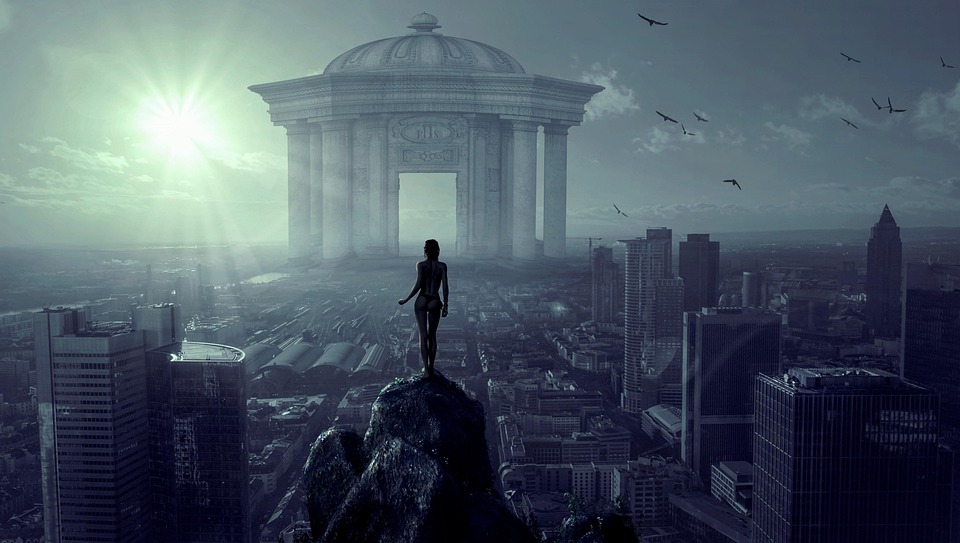Exploring the Power of Art: How Creativity Sparks Inspiration
Art has the power to inspire, uplift, and transform. Whether it’s a painting, sculpture, piece of music, or dance performance, art has the ability to evoke emotions, spark creativity, and challenge our perceptions of the world around us. In this article, we will explore the ways in which art can ignite inspiration in both creators and viewers alike.
The Creative Process
Creating art is a deeply personal and introspective process. Whether an artist is painting a masterpiece, writing a novel, or composing a symphony, they are tapping into their innermost thoughts, feelings, and experiences to create something that is uniquely their own. The creative process allows artists to express themselves in ways that words alone cannot, making art a powerful tool for self-expression and exploration.
Visual Arts
Visual art encompasses a wide range of mediums, including painting, sculpture, drawing, photography, and more. Each medium offers artists a unique way to convey their thoughts and emotions, whether through vibrant colors, intricate details, or thought-provoking compositions. Visual art has the power to transport viewers to different worlds, evoke powerful emotions, and challenge their perceptions of reality.
Performing Arts
The performing arts, including music, dance, theater, and film, allow artists to communicate with their audience in a dynamic and engaging way. Whether it’s a musician playing a stirring melody, a dancer performing a breathtaking routine, or an actor delivering a powerful monologue, the performing arts have the power to inspire, entertain, and move us in ways that words alone cannot.
The Impact of Art
Art has the power to provoke thought, challenge our assumptions, and inspire change. Throughout history, artists have used their work as a platform to address social issues, promote cultural awareness, and spark dialogue about important topics. From Picasso’s Guernica, which depicts the horrors of war, to Banksy’s politically charged street art, art has the ability to shine a light on the injustices of the world and inspire us to take action.
Personal Growth
For individuals, engaging with art can be a transformative experience. Whether viewing a thought-provoking piece in a museum, attending a live performance, or creating art themselves, people can gain new perspectives, explore different parts of themselves, and develop a deeper understanding of the world around them. Art has the power to challenge our assumptions, expand our horizons, and inspire us to strive for greater heights.
community Engagement
Art also has the power to bring people together and foster a sense of community. Whether through art exhibitions, music festivals, or theater productions, art has the ability to unite individuals from different backgrounds, cultures, and walks of life. By creating shared experiences and sparking conversations, art can build connections, bridge divides, and create a more inclusive and empathetic society.
Fostering Creativity
One of the most powerful aspects of art is its ability to spark creativity and imagination. When we engage with art, whether as creators or viewers, we are exposed to new ideas, perspectives, and ways of thinking. This exposure can encourage us to think outside the box, break free from traditional constraints, and unleash our own creative potential.
Art Education
Art education plays a crucial role in fostering creativity and innovation in individuals of all ages. By exposing students to a wide range of artistic mediums, techniques, and styles, art education helps them develop their own unique artistic voice, cultivate their creative skills, and learn how to express themselves in meaningful and impactful ways. Through art education, students can learn to think critically, solve problems creatively, and embrace failure as a necessary part of the creative process.
Art Therapy
Art therapy is another powerful tool that harnesses the healing and transformative power of art. Through the creative process, individuals can explore their emotions, confront their fears, and work through trauma in a safe and supportive environment. Art therapy can help individuals develop greater self-awareness, improve their mental health, and find new ways to cope with life‘s challenges.
Conclusion
Art has the power to inspire, uplift, and transform. Whether through visual or performing arts, art has the ability to evoke emotions, challenge perceptions, and bring people together. By engaging with art, whether as creators or viewers, we can tap into our own creativity, foster personal growth, and make a positive impact on our communities and the world at large.
FAQs
What is art therapy?
Art therapy is a form of therapy that uses art as a means of expression and communication. Through the creative process, individuals can explore their emotions, confront their fears, and work through trauma in a safe and supportive environment.
How can art education foster creativity?
Art education exposes students to a wide range of artistic mediums, techniques, and styles, helping them develop their own unique artistic voice, cultivate their creative skills, and learn how to express themselves in meaningful and impactful ways.
How does art bring people together?
Art has the ability to unite individuals from different backgrounds, cultures, and walks of life. Through art exhibitions, music festivals, and theater productions, art creates shared experiences and sparks conversations that build connections and foster a sense of community.
Discover more from System Ent Corp
Subscribe to get the latest posts sent to your email.

